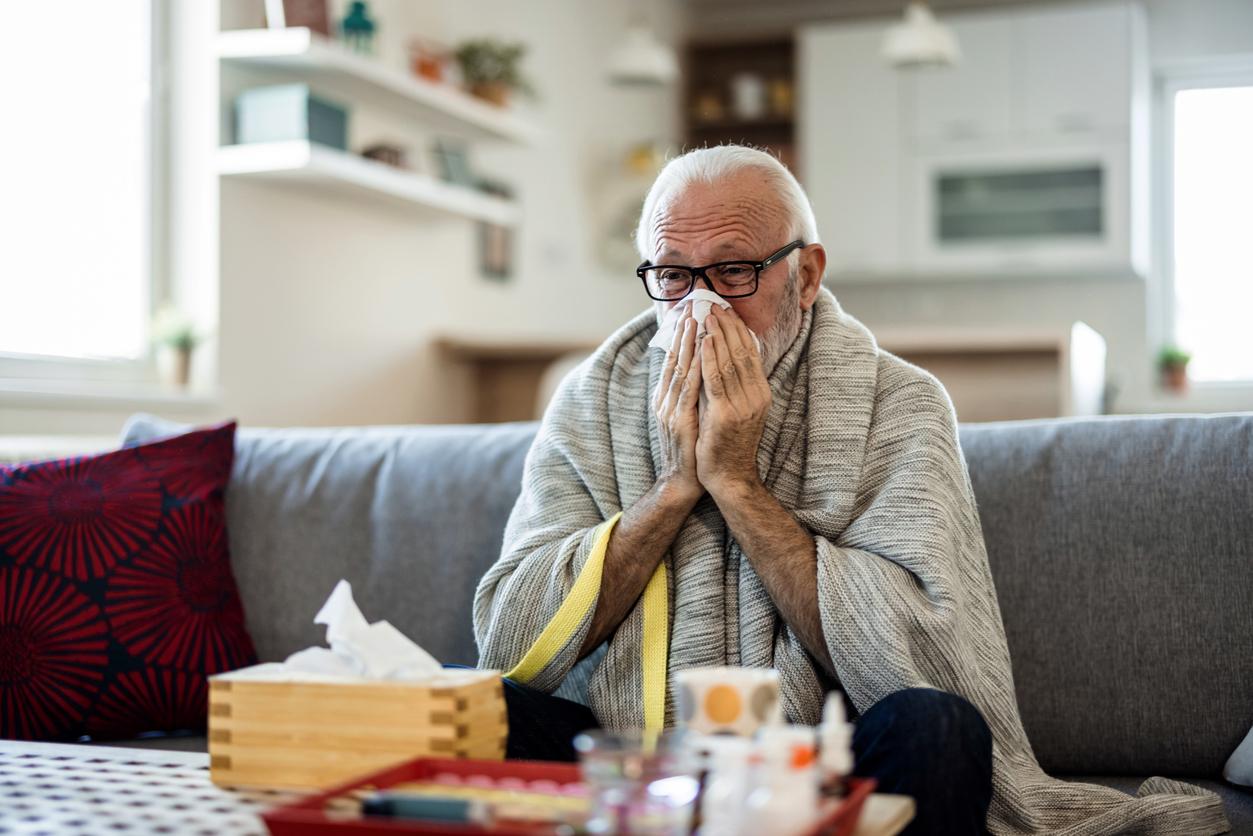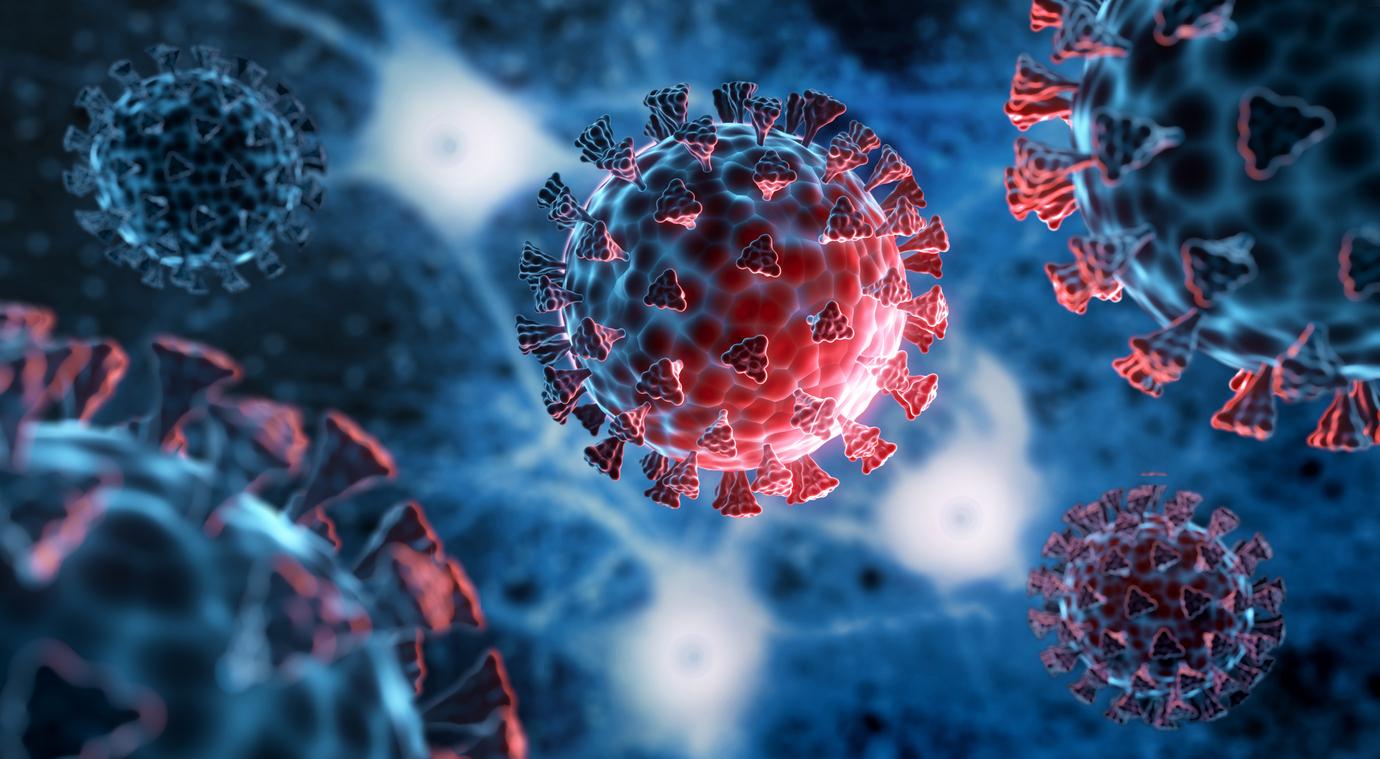Long preserved from the Covid-19 pandemic, Guyana records contamination records every day. Matignon clearly mentioned the possible establishment of a new confinement.

An ocean separates us in our experience of Covid-19. While the French in mainland France go out freely, even if it means abandoning barrier gestures, those in Guyana are faced with their first wave of patients. Between June 11 and 18, the number of detected cases doubled in Guyana. A phenomenon that seems to be accelerating. “A first jump is visible from May 23, i.e. 12 days after the implementation of the first deconfinement measures in France (Monday May 11), explains the editorial staff of France Télévisions. For the first time, the number of cases in 24 hours exceeds 30. But it is from June that the number of daily cases flies away, until approaching 300 new contaminations this Sunday.“
A worrying situation since Public Health France reported, on June 18, 3 clusters out of control in Guyana and 12 under investigation. To date, the South American department has 2,441 confirmed cases since March 4, including 97 hospitalized, 14 in intensive care and 6 deaths. However, this local authority broke its contamination record this Sunday by recording 278 new daily cases, including 5 which required hospitalization.
However, Guyana had 34 intensive care beds before Covid-19. Therefore, the risk of saturation prompted the authorities to trigger, on June 15, stage 3 of the epidemic. This means that for two weeks the urgency is to treat people in serious condition, and no longer to identify the sick.
This Sunday, a press release from Matignon makes a statement of helplessness: “despite the mobilization of State services, local authorities and health professionals since the start of the pandemic, the circulation of the virus is very activeThe epidemic mainly affects the cities of the border zone with Brazil – where the epidemic seems out of control – as well as the coastal zone which concentrates the most population and the economic activity of the department. Cayenne (61,000 inhabitants , capital), Kourou (26,000 inhabitants, space center) and Saint-Georges de l’Oyapock (4,000 inhabitants, on the border with Brazil) are the most infected cities.
The hypothesis of a second generalized confinement
However, by decision of the Prefect Saint-Georges of Oyapock and Camopi (also on the Brazilian border) these regions were not deconfined on May 11. On June 14, Marc Del Grande, the regional prefect, introduced a curfew in 16 of the 22 municipalities in the territory with a ban on driving at night. This curfew was reinforced on June 21, with extended time slots in Kourou – which presents the greatest number of new contaminations – and Macouria, reports the editorial staff of 1ère. From now on, as for the residents of Cayenne, Rémire-Montjoly and Matoury where the reinforced curfew was decreed last Friday, the inhabitants of these municipalities can no longer circulate from 7 p.m. (instead of 9 p.m.) to 5 a.m. on weekdays, and weekends from 3 p.m. (instead of 7 p.m.) to 5 a.m.
“We are not going to set a date (for a possible reconfinement, editor’s note)explained the prefect. First we let the reinforcements arrive to support our hospitals, to support resuscitation capacities, declared Marc Del Grande prefect of the Guyana region on the 1st stage. We adapt to the epidemic dynamics. When the time comes, decisions will be made.”
The decision to set a new confinement should be “examined” if the next measures decided do not slow the exponential spread of the virus. In addition to this curfew, Matignon plans more distribution of fabric and surgical masks, the continuation of screening and its monitoring. At the same time, the government is strengthening hospital services with the reinforcement of 17 caregivers from the additional national health reserve, medical teams “to welcome patients who are victims of the dengue fever and leptospirosis epidemics” and the installation of a field hospital for civil security. The Air Force is also mobilized to evacuate, if necessary, patients to the Antilles or even the Metropolis.
If the first case of Covid-19 in Guyana was imported from the religious gathering of Mulhouse last February, many commentators suspect a return of the epidemic via a porous border with Brazil. In the absence of drugs or vaccines, respecting barrier gestures is currently the only way to limit this epidemic. The Minister of Overseas must supervise the deployment of these government measures. She is expected in Guyana on Tuesday. The state of health emergency is extended there until October 30, the second round of municipal elections is postponed indefinitely. The outbreak of fever seems announced even though some residents are already enduring several months of confinement.
.















